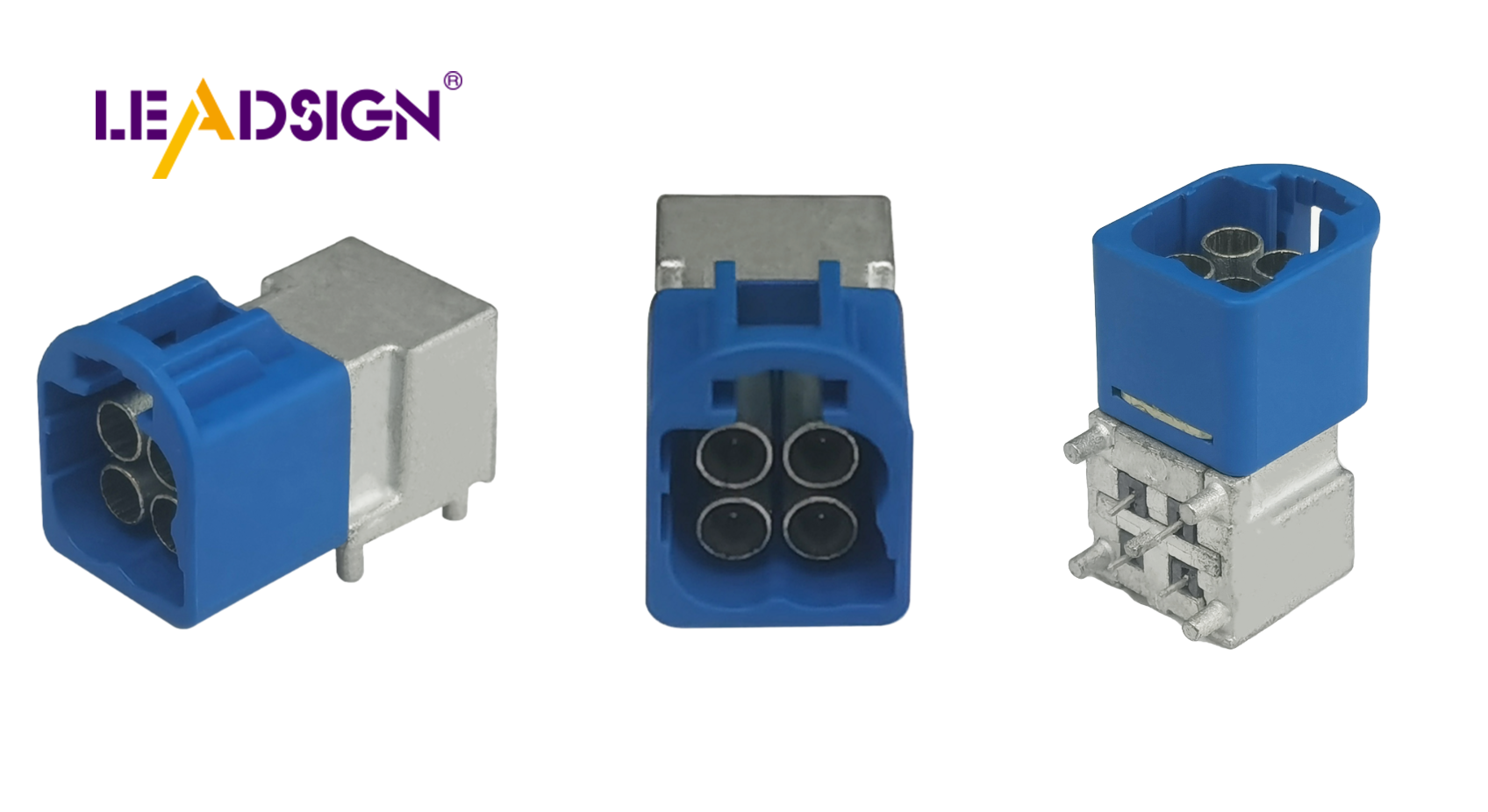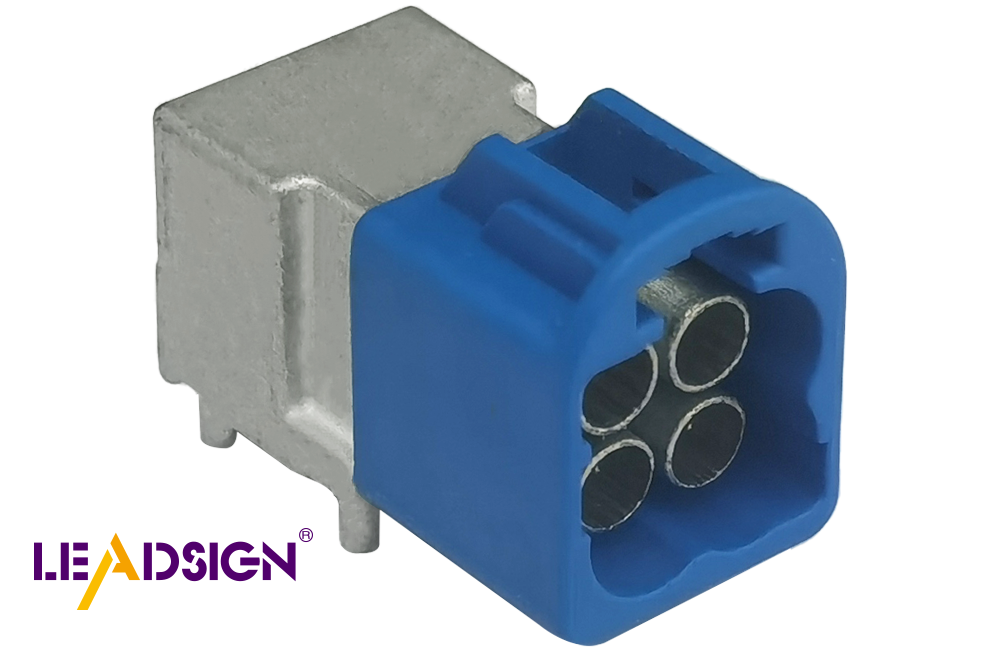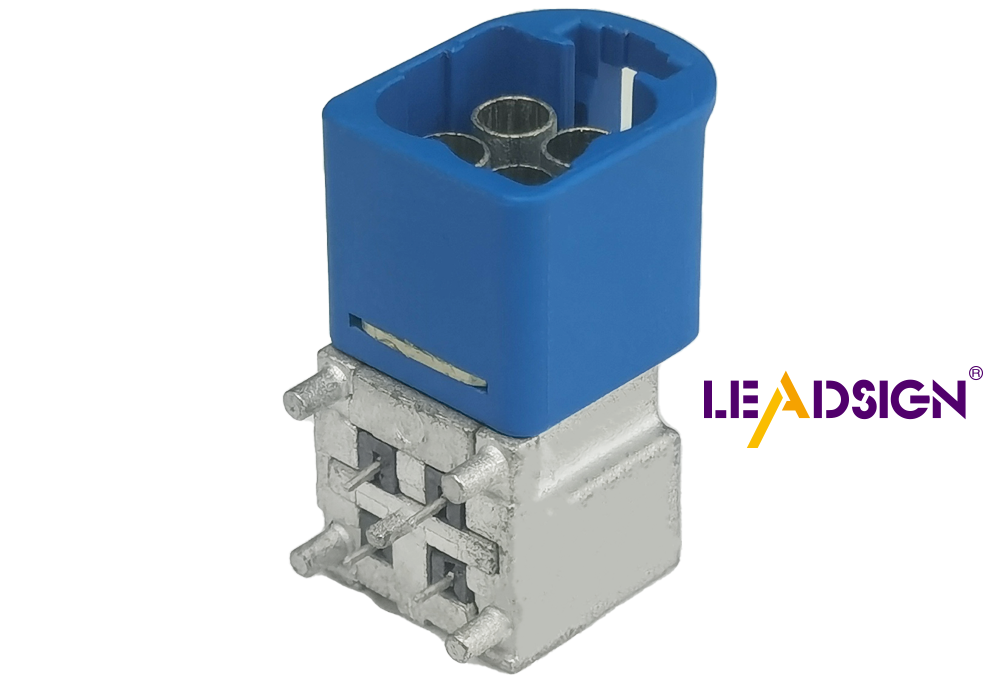Understanding Car Wire Connector Types for Better DIY Projects

Learning about automotive electrical connectors types helps with DIY projects. These connectors are important for car wiring. They make sure your car's electrical systems work well. Think of your car as a web of wires, each needing a strong link to do its job. Wire connectors help with this. They let you join wires safely and easily, making repairs or upgrades better. Whether fixing something simple or doing a custom project, knowing different connector types helps you get great results.
Overview of Car Wire Connectors
What are Car Wire Connectors?
Meaning and Use
Car wire connectors are key parts in your car's wiring. They link wires, helping electricity move smoothly between parts. Think of them as a handshake for wires, letting them talk to each other well. Without these connectors, your car's wiring would be a mess, hard to fix or manage.
Why They Matter in Car Wiring
You might ask why these connectors are so important. They help your car's electrical systems work right. By making strong links, they stop problems that could get worse. Imagine fixing a broken wire without one; it's like tying slippery strings together. Connectors make it easier and better for DIY projects.
Basic Parts of Wire Connectors
Knowing the basic parts helps you pick the right ones for jobs. Let's look closer:
Conductors
Conductors are the main part of any connector. They move electricity from one spot to another. In car connectors, conductors are often copper or aluminum because they carry electricity well. Pick the right conductor material for your project to work best.
Insulation
Insulation is the cover around the conductor. It stops shorts and protects from things like water and heat. In cars, insulation keeps systems safe and working well. Always check insulation quality when choosing connectors for DIY tasks.
Terminals
Terminals are where wires connect to the connector ends. They come in different shapes and sizes based on needs. Terminals must fit tight for a good connection. Picking the right terminal type can make connections last longer and work better in car projects.
By knowing these parts, you can choose good car wire connectors for DIY tasks safely and effectively.
Types of Car Wire Connectors

Knowing different car wire connectors can help your DIY projects. Let's look at some common types and how they help.
Butt Connectors
Description and Features
Butt connectors are simple but work well. They join two wires end-to-end. This makes a smooth connection. They look like small tubes with metal inside. The metal helps electricity move between wires. The outside has a cover to keep out water and dirt.
Expert Testimony: "Following your wire diagrams, you can make customized wire harnesses." This means butt connectors are good for custom car wiring.
Common Uses
Use butt connectors to fix or extend wires. They're great for broken wires or adding new parts to your car's system. Whether fixing something simple or doing a big project, butt connectors are reliable and easy.
Bullet Connectors
Description and Features
Bullet connectors have a special design. They have a male and female part that snap together quickly. The male looks like a bullet, giving it the name. The female part fits over the bullet snugly.
Common Uses
Bullet connectors are perfect when you need to unplug wires often. They're used in car lights and other places needing flexibility. If adding new lights or gadgets, bullet connectors make it easier.
Spade Connectors
Description and Features
Spade connectors look like forks with flat ends. This shape makes connecting to screws easy. You slide them under screws for a tight fit.
Common Uses
Spade connectors are used where connections need to be secure but removable easily too. They're good for switches, relays, and more parts in cars. For custom wiring jobs, spade connectors offer both security and ease.
By knowing these car wire connector types, you can do DIY projects confidently. Each type has special features helping you pick the right one for your job needs.
Ring Connectors
Description and Features
Ring connectors are common in car wiring. They have a round end that fits tightly around a bolt or screw. This makes sure the wire stays attached, even if things shake or move. The ring shape gives a strong connection, perfect for many car uses. You can get these connectors in different sizes to fit your project needs.
Expert Testimony: "Various preferred sizes of housing connectors" let you pick the right one for your job.
Common Uses
Use ring connectors when you need a lasting connection. They're often used in battery ends, grounding wires, and other important car connections. When you want a connection that won't come loose, choose ring connectors. Their strong design works for both big and small power jobs, making them useful for DIY projects.
Quick Disconnects
Description and Features
Quick disconnects are also key in car wiring types. They have two parts: one male and one female that snap together easily. This lets you connect and disconnect fast without tools. The design is easy to use during repairs or upgrades. Quick disconnects come in many sizes and materials for different needs.
Expert Testimony: "Following your wire diagrams, you can make customized wire harnesses." Quick disconnects help make flexible wiring systems.
Common Uses
Use quick disconnects where you need to unplug often. They're great for car lights, speakers, and other parts needing regular care or changes. With quick disconnects, DIY projects become easier because swapping parts or fixing problems is simple. Their ease makes them popular with people working on car electrical systems.
How to Use Car Wire Connectors

Getting the hang of using car wire connectors can make your DIY projects smoother and more efficient. Let's dive into the tools you'll need and the steps to follow.
Tools Required
Before you start, gather the right tools. Having the right equipment makes the job easier and ensures a solid connection.
Crimping Tools
Crimping tools are essential for securing connectors to wires. They help you apply the right amount of pressure to create a strong bond. When choosing a crimping tool, look for one that fits the connector type you're using. A good crimp ensures that the wire stays in place and conducts electricity effectively.
Wire Strippers
Wire strippers are another must-have. They help you remove the insulation from the wire ends without damaging the conductor. Choose a wire stripper that matches the wire gauge you're working with. This tool makes preparing wires quick and easy, setting you up for a successful connection.
Step-by-Step Guide
With your tools ready, it's time to connect those wires. Follow these steps to ensure a reliable and safe connection.
Preparing the Wire
Cut the Wire: Use a wire cutter to trim the wire to the desired length. Make sure the cut is clean and straight.
Strip the Insulation: Use your wire stripper to remove about 1/4 inch of insulation from the wire end. Be careful not to nick the conductor.
Twist the Strands: If you're working with stranded wire, twist the strands together to prevent fraying.
Attaching the Connector
Select the Right Connector: Choose a connector that matches the wire size and application. For example, use ring connectors for secure, permanent connections.
Insert the Wire: Slide the stripped wire end into the connector until it reaches the metal part.
Crimp the Connector: Use your crimping tool to squeeze the connector tightly around the wire. Ensure the crimp is firm and secure.
Securing the Connection
Inspect the Connection: Check that the wire is firmly attached to the connector. Give it a gentle tug to ensure it won't come loose.
Apply Heat Shrink (Optional): For added protection, slide a piece of heat shrink tubing over the connection and apply heat to seal it.
Test the Connection: Once everything is in place, test the connection to ensure it works as expected.
By following these steps, you can confidently use car wire connectors in your DIY projects. Whether you're fixing a broken wire or installing new components, these techniques will help you achieve professional results.
Uses of Car Wire Connectors in DIY Projects
Knowing how to use car wire connectors can help with many DIY tasks. Whether fixing cars or working in your garage, these connectors make jobs easier and faster.
Fixing Cars
Electrical Repairs
When fixing car electrical problems, wire connectors are very helpful. They let you fix broken wires or change bad parts easily. If a tail light is broken, use butt connectors to join wires well. This way, the light works again without needing to solder. It's quick and simple for fast repairs.
Custom Wiring Jobs
Custom wiring lets you change your car how you like. You might add lights or a sound system. Bullet or spade connectors make this easy by letting you connect wires simply. As bitsandbots, an electronics expert says, "Custom wire-harnesses can improve your car." Using the right connectors helps make neat and strong wiring.
Garage Projects
Making Custom Harnesses
In your garage, making custom harnesses is fun and useful. You might connect a wireless module to an Arduino Mini. Use ring or quick disconnects for strong connections. These keep wires tidy and work better. Bitsandbots, with an Electronics degree, stresses using good connectors for these projects.
Adding New Gadgets
Adding new gadgets like stereos or GPS systems is easy with good connectors. Quick disconnects are great here because they let you plug things in without tools, making setup and upgrades simple.
Using car wire connectors in DIY projects gives professional results easily. Whether fixing, changing, or upgrading things, these connectors offer the strength and flexibility needed. So grab your tools and see what you can create!
Picking the right wire connectors is important for DIY projects. They help your car's electrical systems work well and safely. By learning about different types, you can fix or change things confidently.
"Neat, tidy, and strong Arduino projects" show why using the right connectors matters for good results.
Use this knowledge in your projects. Whether fixing a broken wire or making custom harnesses, the right connectors matter. Improve your DIY skills by learning about wire connectors, and see your projects get better!
See Also
Exploring the Fundamentals of HSD Connectors in Automotive
In-Depth Overview of Fakra Connectors: Fundamentals, Varieties, and Uses
Complete Handbook on HSD Connectors
Comprehensive Analysis of Fakra Connectors: Benefits, Uses, and Setup Suggestions
Transforming Auto Connectivity: The Benefits of HFM Connectors

